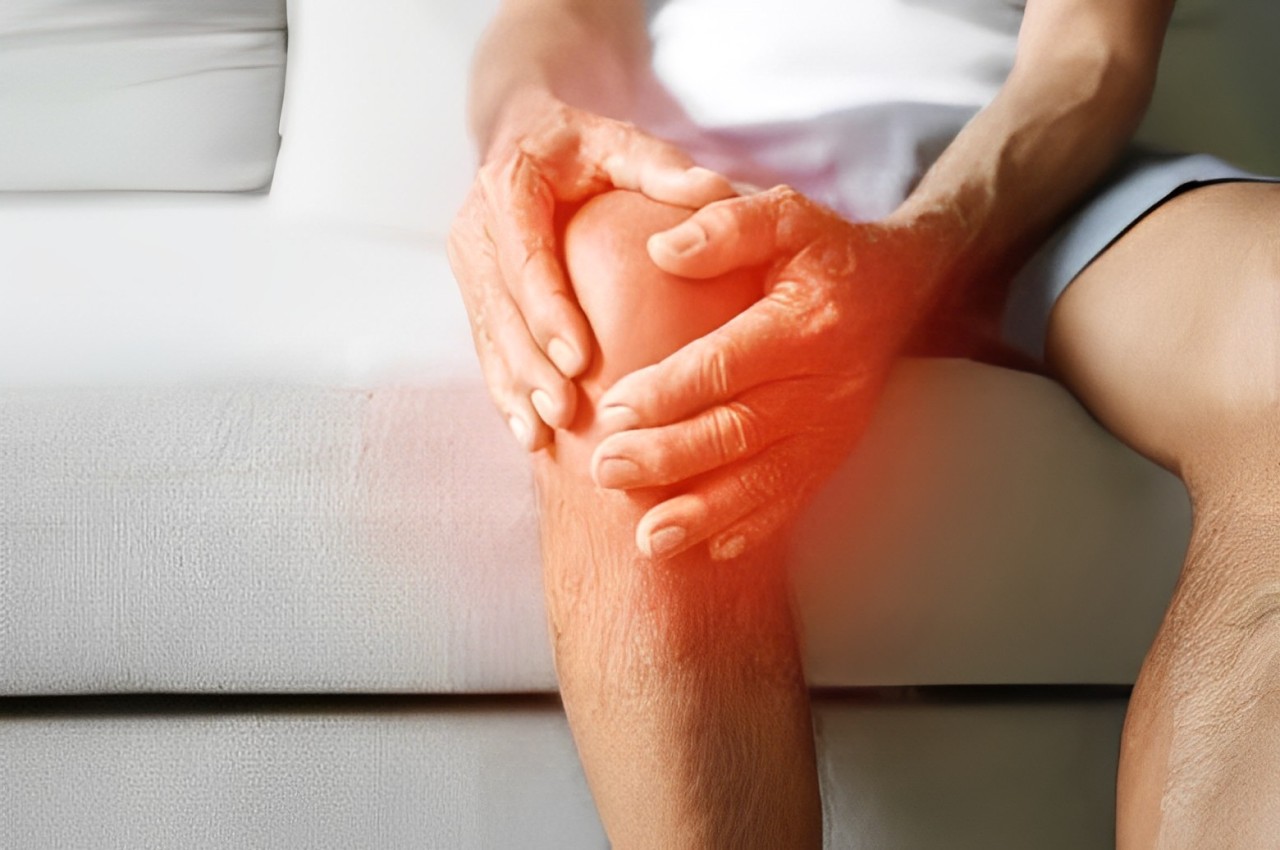Why Are My Joints So Noisy? Orthopedic
Doctor Syed Imran Explains
Introduction

Joint noises, often referred to as crepitus, are common sounds like clicks, cracks, and pops heard in joints during activities such as walking or moving your neck. These sounds are produced by the musculoskeletal system, which includes bones, cartilage, and connective tissues. They can result from the release of gases in the joint fluid, friction between cartilage surfaces, or tendon movements, particularly in knees and ankles. Age and arthritis can exacerbate these noises due to cartilage wear or joint deterioration, causing sounds with accompanying pain and stiffness. In this blog orthopedic doctor Syed Imran will help understand noises in joints.
Understanding Joint Noises
Joint noises, often referred to as crepitus, are common and can range from popping and clicking to grinding sounds. These sounds are typically heard in the knees, shoulders, elbows, and other joints during movement.
What Is Crepitus?
Crepitus is the medical term for the crackling or grating sounds and sensations experienced in the joints. It can occur in any joint and is often audible. There are several types of joint noises:
- Popping: This is often heard when bending a joint like the knee or elbow. It can be due to the bursting of air bubbles that form in the joint fluid.
- Clicking: Similar to popping but can be more frequent and less intense. It is often felt in the knee or shoulder.
- Grinding: This is a more continuous noise and is often associated with the movement of rough surfaces against each other, such as in osteoarthritis.
Common Causes Of Joint Noises
- Gas Bubbles: One of the most common causes of joint popping, especially in the knuckles, is the release of gas (like nitrogen, oxygen, and carbon dioxide) from within the synovial fluid of the joint, a process known as cavitation.
- Age and Use: As people age, cartilage, which provides a smooth surface for joint movement, can wear down. This wear can lead to rougher joint surfaces that produce more noise when they rub against each other.
- Injury: Injuries to the joint, such as a torn cartilage or ligament, can lead to abnormal movement within the joint, resulting in unusual sounds.
- Inflammation: Conditions like arthritis, which cause inflammation in the joints, can lead to changes in the cartilage and synovial fluid, resulting in crepitus.
- Patellofemoral Pain Syndrome (PFS): This condition, often seen in athletes, causes crepitus along with pain behind the kneecap and is more common in women.
Crepitus that is painless is usually not a cause for concern. However, if the joint noises are accompanied by pain, swelling, or other symptoms, it may indicate an underlying health issue that requires medical attention
Conclusion
Understanding joint noises is crucial for maintaining good musculoskeletal health. While crepitus is typically harmless, it’s important to be aware of symptoms like pain or swelling that accompany these sounds, as they could signal more serious conditions such as arthritis. Regular exercise, a healthy diet, weight management, quitting smoking, and stress management are key strategies for managing joint health. Being proactive about joint noises and seeking medical advice when necessary can prevent complications and ensure effective treatment.